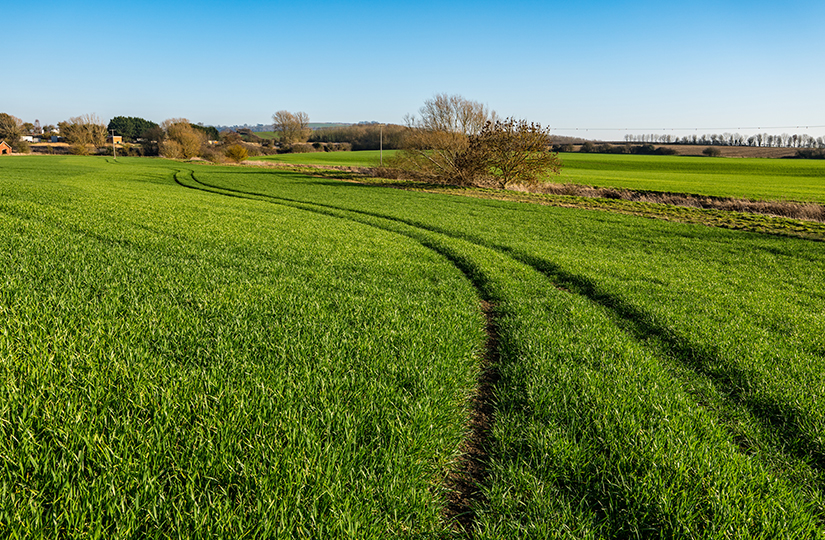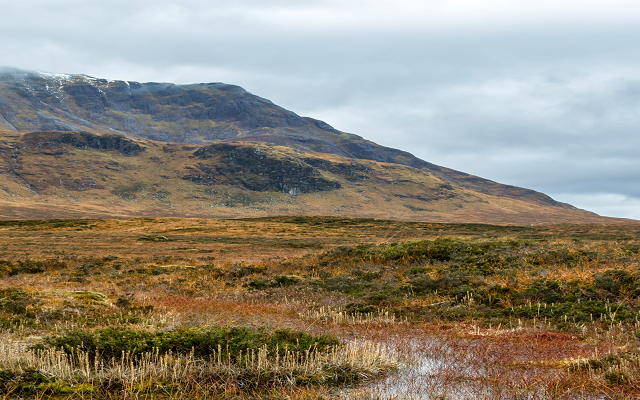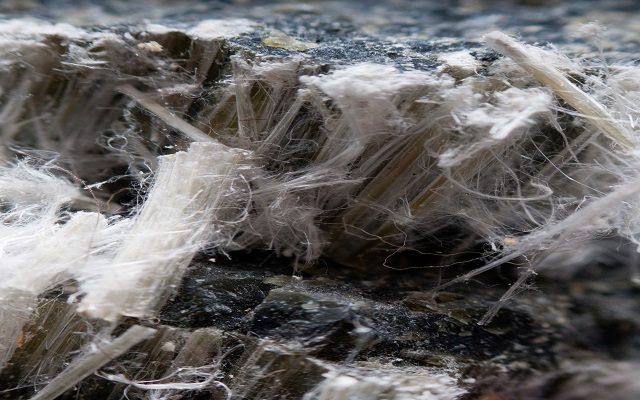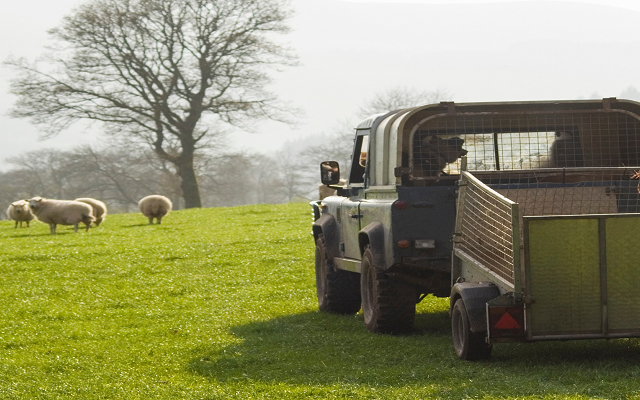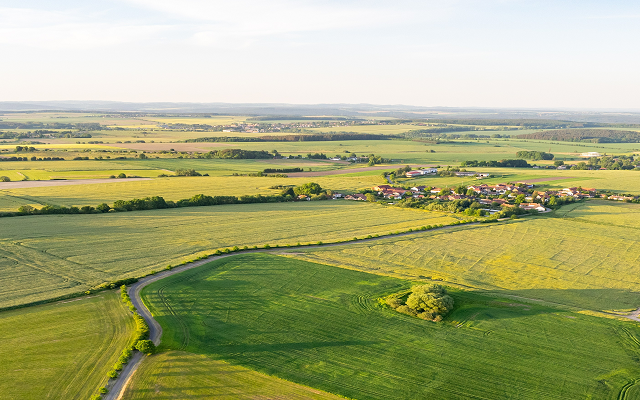The Path to Sustainable Farming: Six things you need to know
DEFRA has published further details of how it plans to implement the Agriculture Act in England from 2021 onwards.
The document, The Path to Sustainable Farming: An Agricultural Transition Plan 2021 to 2024, sets out how Basic Payments will be reduced over the next four years and outlines how the new Environmental Land Management (ELM) Scheme will be phased in.
The policy paper represents a significant step along the way to this government’s vision for UK agriculture outside of the CAP – one under which the production of food is no longer subsidised by the taxpayer. This is a hugely historical moment. However, by no means does the paper provide all the answers and there are some clear omissions. It had been hoped that it would provide a detailed, costed plan for the future. It is neither detailed or costed.
Key messages:
1) Basic Payment Scheme (BPS) cuts confirmed for 2021-2024
The reductions in Basic Payments which are to apply over the next four years are as follows:

The cutbacks apply to the full BPS value, including any young farmer payment. The reductions between 2025 and 2027 have not yet been published. DEFRA have confirmed that the 2020 BPS will be the baseline from which cutbacks will be calculated. The Strutt & Parker BPS calculator can be used to show the effect of this on individual businesses (contact a member of the Farming Department for more information).
Of immediate concern to farmers is that the cuts are deeper
and swifter than anticipated. The document states that ‘by the end of 2024 we anticipate that legacy Basic Payment Scheme
payments will have reduced by about 50%’. However, larger farms will see
two-thirds of their BPS disappear by 2024. This will require a major
reappraisal of farming policy to address the issues caused by this lost income.
The cut-backs are shown in the table below for different farm sizes (non-SDA):

These reductions would be more palatable to the industry if the schemes being funded by the cuts, including lump sum exit payments and delinking were set out in detail and designed to be up and running earlier.
The ‘lump sum’ payment option will be subject to consultation, but it is suggested that this will be available in 2022 only as part of an ‘exit scheme’ to help farmers leave the industry. By missing 2021’s BPS, the value of the lump sum will inevitably be lower than it could have been and one suspects that it is unlikely to receive much take-up because the value of payments on offer will be limited. We also do not know what the tax treatment of the lump sum will be and this will be important to factor in for anyone considering this.
Under current plans, de-linking will take place from 2024 onwards, and the delinked payments will be based on an historic reference period. After de-linking there will be no need to match eligible land with entitlements to receive a payment. De-linking will apply to all BPS claims.
At the point of de-linking, cross-compliance will cease and be replaced by a ‘new approach’ to regulation. So, until 2024, it is business as usual with regard to cross-compliance rules (most of which are now underpinned by separate regulations in any case).
2) Sustainable Farming Incentive to be launched in 2022
Defra has confirmed that the Environmental Land Management (ELM) scheme will be made up of three parts, dropping the ‘tier’ terminology it previously used, which presumably is considered tainted by Covid-19 associations.
The first of these components is the Sustainable Farming Incentive (SFI) which will pay farmers for actions they take to manage their land in an environmentally-sustainable way. Actions will be grouped into packages and farmers will choose from a menu of options to pick actions which are best suited to their land.
The SFI will be launched (in part) in 2022 and will be open to all farmers who currently claim BPS including those with ongoing Countryside Stewardship (and presumably ES) agreements. This will help to address the funding gap (the significant drop in farm receipts caused by the withdrawal of BPS before ELM is launched), although farmers should not expect SFI to make up more than a very limited amount of lost BPS.
Details of the SFI should be published in June 2021 at the latest. We do not currently know any details on management options, duration of agreements or payment rates.
In 2022 and 2023 it is expected that SFI will pay farmers for a limited range of ‘core’ options related to improved soil management, nutrient management, livestock management and Integrated Pest Management (IPM). From 2024 onwards the full SFI will be launched as the first component of ELM.
Options will focus on:
- arable and grassland management
- livestock management
- tree and woodland management
- boundary and hedgerow management
- soil and nutrient management
- integrated pest management
- efficient water use
- wildlife and biodiversity
- protection of heritage assets.
3) No detail on ELM payment levels or methodology
The other two components of the full ELM scheme, which is not due to be rolled out until 2024, will be:
Local Nature Recovery: This will pay for actions that support local nature recovery and deliver local environmental priorities; making sure the right things are delivered in the right places. The scheme will also encourage collaboration between farmers to improve their local environment.
Local Nature Recovery will focus on:
- creating, managing and restoring habitats such as woodland, wetlands, freshwater, peatland, heathland, species-rich grassland, and coastal habitat & connecting isolated habitats to form networks
- natural flood management
- species management
- rights of way, navigation and recreation infrastructure
- education infrastructure, events and services
- geodiversity and heritage asset management.
Landscape Recovery: This will support the delivery of landscape and ecosystem recovery through long-term, land use change projects, including projects to restore wilder landscapes.
Landscape Recovery will focus on:
- large-scale forest and woodland creation, restoration and improvement
- ecosystem restoration
- peatland restoration
- creation and restoration of coastal habitats such as wetlands and salt marsh.
Frustratingly, there are no firm indications of how ELM payment rates will be calculated.
‘Other than when referring to Animal Health & Welfare (see point 5 below), there is no mention of payment-by-results which was a significant theme in the Health & Harmony consultation which led up to the Agriculture Bill. Defra’s deputy director told the CropTec Show on 25 November that moving to paying for outcomes ‘has just proven too challenging in the timescale, but it remains where we want to go.’ This feels like a weak excuse. Alternative payment models could be tested in the pilot and revised if needs be.’
The ELM pilot will be smaller than previously announced, with 5,500 land managers signed up, which is much fewer than the original target of 15,000. This suggests that the National Audit Office (NAO) was right when it questioned whether Defra had the technical and administrative capacity to deliver the programme. For the most complex and ambitious component of ELM (landscape recovery) there will be just 10 pilot projects in total.
To put this into context, when the target was 15,000 land managers, the NAO said that it did not know whether that would provide sufficiently robust evidence across the range of farm types and locations to inform further development of the ELMS programme. The target has been cut by two-thirds. Further, it is still unclear whether Defra has a plan for what it needs to achieve in each year of the pilot.
4) Existing agri-environment schemes continue to 2023
Anyone with an existing Environmental Stewardship (ES) or Countryside Stewardship Scheme (CSS) agreement which meets the relevant Natural England/Rural Payments Agency criteria should be able to continue to extend them up until 2024, at which point they will be able to transition to ELM.
CSS funding will be increased from 2022 and the administration/application process will be simplified to increase uptake. Farmers will be able to apply for new CSS agreements up to 2023 (so the last CSS schemes will start on 1 January 2024).
From 2024, agreement holders will be able to transition from CSS to ELM by ending their CSS early once they have secured an ELM agreement.
CSS agreements with 2021 or later start dates will benefit from more proportionate rules relating to over-claims (including the removal of automatic penalties), and warning letters to give farmers time to put things right, rather than penalties as a first response.
It is not clear if these changes will apply to agreements which are extended, or just for new agreements starting 1 Jan 2021 onwards. We hope that farmers who extend their existing agreements after 1 January 2021 will also benefit from these changes but this is not stated. There is also no relaxation in the onerous record keeping requirements of CSS.
The limit for capital only hedgerow and boundaries grants will be doubled to £20,000, which is positive.
All contracts currently ongoing under the Rural Development Programme for England will be honoured (eg Countryside Productivity, Growth Programme, LEADER, ES, woodland agreements).
5) New grant schemes are on the way
The section of the document which includes the most ‘new’ information is an annex outlining some of the new schemes in development. These include:
Farming Investment Fund – This is an umbrella for two productivity grants schemes which will open in autumn 2021:
- Farming Equipment and Technology Fund: This will offer grants to pay towards the purchase cost of a list of specified, pre-determined items. There will be a simple online application and approval process, with a clear grant value assigned to each item. It will be based on the current Countryside Productivity Small Capital Grant Scheme.
- Farm Transformation Fund: This will offer grants to pay towards the cost of more substantial investments in equipment, technology or infrastructure, with the potential to transform business performance.
Examples provided include:
- on-farm water storage infrastructure, including reservoirs
- precision agriculture equipment
- robotic or automated technology
- items to improve animal health
- equipment and technology for storing, sorting, or processing products
New Entrants Support Scheme: It is planned this will open in 2022 and will encourage the creation of opportunities for new entrants from councils and private landowners. There is little detail on structure, but we think funding may be available for advice on joint ventures and/or help to match landowners with new entrants.
Slurry Investment Scheme: This will pay a proportion of the cost of covers to slurry stores and new stores (to meet a new six-month storage requirement). It is likely that DEFRA will utilise catchment sensitive farming officers to support and deliver this scheme. Funding will be available from late 2022 and is likely to run until 2024/25. Details will be published in 2021.
Innovation, research and development funds: From early 2022 DEFRA wants to invite applications for grants to help improve research and knowledge transfer to farmers by providing funding for projects led by farmers and farmer consortiums to develop technology and solve productivity problems, and then help demonstrate and share the results to the wider industry.
Farming in protected landscapes support: This will be a scheme starting in 2021 and running through to 2024 and the main focus will be on the uplands, to help them prepare for ELM from 2024 onwards. Advice and grant funding to help grow businesses and diversify is likely to be delivered by existing AONB and NP authorities.
Animal health & welfare support: A ‘pathway’ to promote the production of healthier, higher-welfare animals at a level beyond compliance with current regulations is being developed. This will include health and disease support – which is being trialled as a payment-by-results scheme – alongside capital grants for equipment. Both schemes should open in 2022.
6) Finally… brace yourself for a lot of consultation
It is over six months since Defra’s last policy update paper and many of the proposals do not feel much further developed. In many ways, the new document raises more questions than it gives answers.
There is no clarity on how the budget will be split between environmental, animal welfare and farm prosperity scheme during the transition period. Due to this, it is impossible to start assessing whether the programme is likely to succeed.
While it is positive that Defra wants to design schemes with land managers and other stakeholders, what the industry needs is for this to happen quickly (and ideally to have happened already). This would have enabled Defra to try new ideas and revise them.
Reading the document, it is easy to lose track of how many consultations Defra plans to have, or co-designs or planned engagements. Even when ideas are more firmly developed, they are couched in terms like ‘current intention’ and ‘expected to open’. This is unlikely to give the industry confidence, given a recent CLA/Strutt & Parker survey highlighted that farmers and landowners are already worried about the implementation of ELM.
For further details read: Beyond BPS: Land managers views on a changing policy framework
